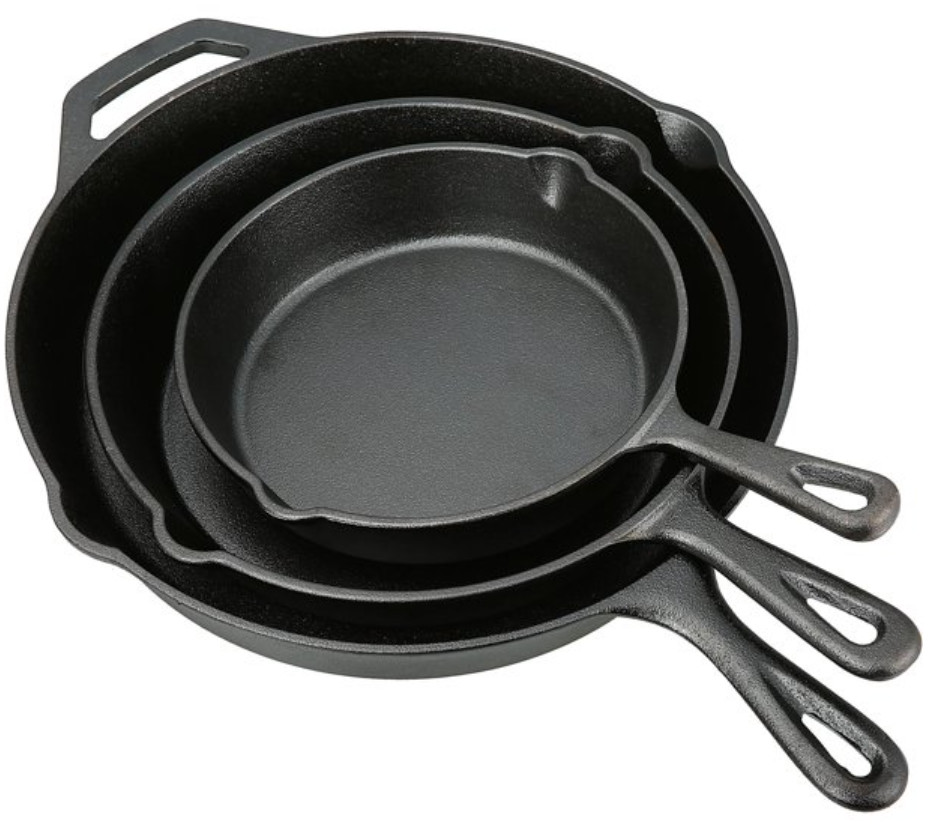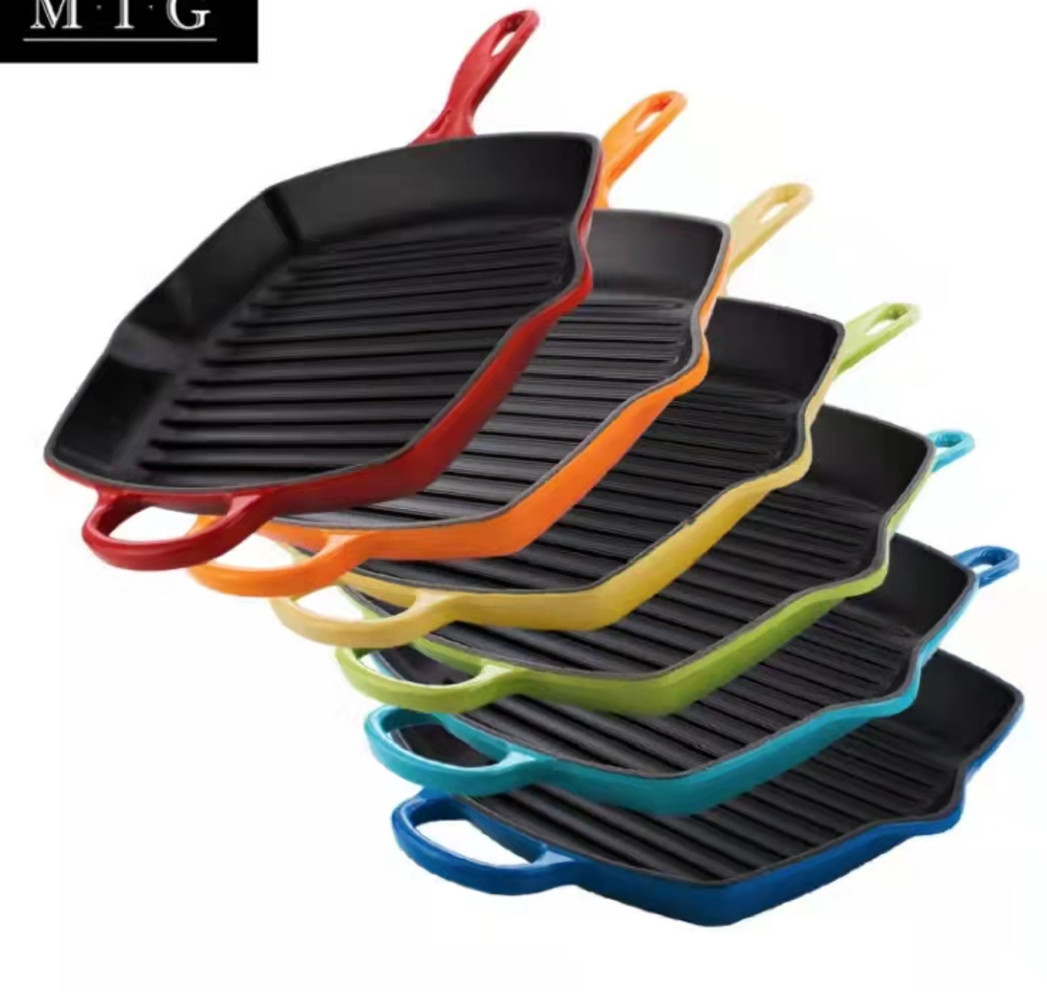- 150m meridiem, West DingWei Road, Nanlou Villa, Changan Urbs, GaoCheng Area, Shijiazhuang, Hebei, China
- monica@foundryasia.com
Iun. 12, 2023 18:48 Ad album
QUOD FERRUM COOKWARE IACTUS
Quod ferrum crustulum mittitur;
Coquus ferreus iactus est gravis officii coquinaria quae e ferro fuso facta aestimatur propter calorem retentionis, firmitatis, facultatis utendi in altissimis temperaturis, et non-baculus coctionis bene conditus.
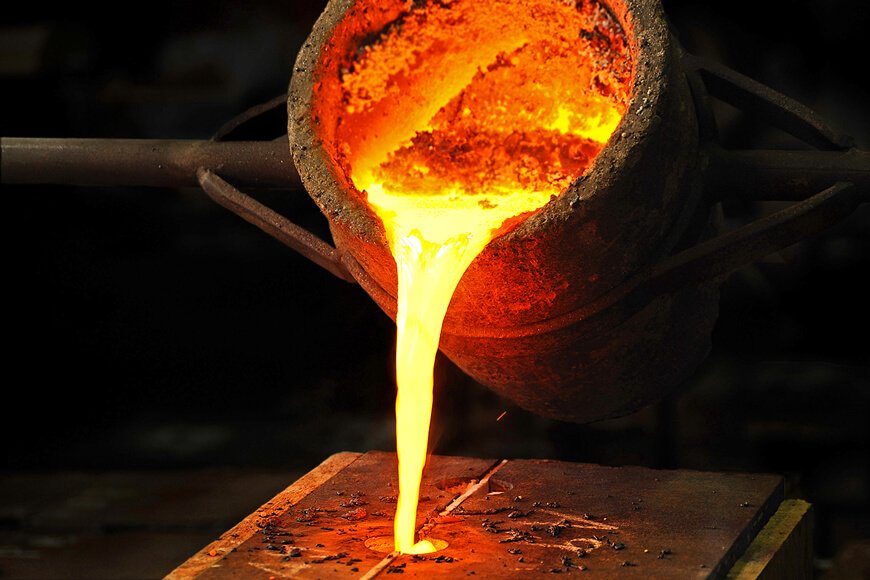
Historia ferri crustularum fusilis
In Asia, particularly China, India, Korea and Japan, there is a long history of cooking with cast iron vessels. The first mention of a cast-iron kettle in English appeared in 679 or 680, though this wasn't the first use of metal vessels for cooking. The term pot came into use in 1180. Both terms referred to a vessel capable of withstanding the direct heat of a fire. Cast-iron cauldrons and cooking pots were valued as kitchen items for their durability and their ability to retain heat evenly, thus improving the quality of cooked meals.
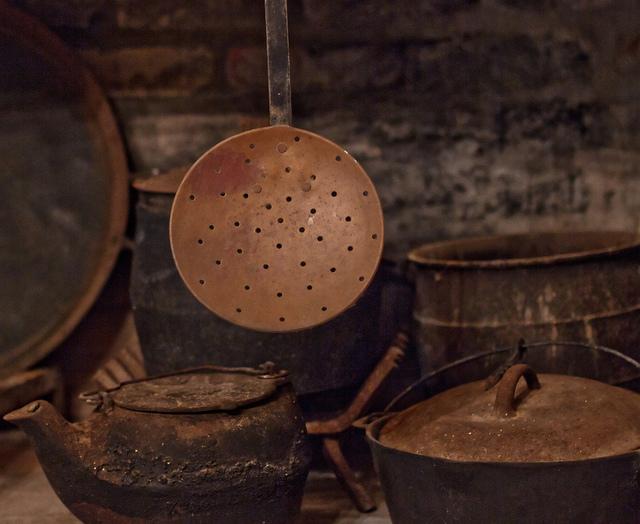
In Europa et Civitatibus Foederatis Americae, ante medium saeculum XIX, cenae in foco coquebantur, et lebetes et lebetes coquebantur vel ad focum utebantur vel in eo suspendebantur.
Cast-iron pots were made with handles to allow them to be hung over a fire, or with legs so that they could stand in the coals. In addition to Dutch ovens with three or four feet, which Abraham Darby I secured a patent in 1708 to produce, a commonly used cast-iron cooking pan called a spider had a handle and three legs allowing it to stand upright over campfires as well as in the coals and ashes of a fireplace.
Lebetes coctionis et lebetes cum cruribus, extrema plana in usum veniunt, cum catuli coquendi populares facti sunt; Hoc tempore nuper 19th century in plana vidit introductionem
cast-iron skillet.
Coquus cast-ferrum imprimis popularis fuit inter homemakers primo saeculi XX. Vile erat, sed durabile crustulum. Plurimi Americani familiares saltem unum sartagine mittitur coquinaria.
Saeculo XX etiam vidit introductionem et popularizationem coccinei ferrei electri iactatam.
Today, of the large selection of cookware that can be purchased from kitchen suppliers, cast iron comprises only a small fraction. However, the durability and reliability of cast iron as a cooking tool has ensured its survival. Cast-iron pots and pans from the 19th and 20th century continue to see daily use to the present day. They are also highly sought after by antique collectors and dealers. Cast iron has also seen a resurgence of its popularity in specialty markets. Through cooking shows, celebrity chefs have brought renewed attention to traditional cooking methods, especially the use of cast iron.
Essentialia products
Genera ferri coquendi fusi includunt sartagines, batillas, batillas, sartagines, chaffles ferreas, torcular panini, sartagines profundas, woks, fondu et potjies.
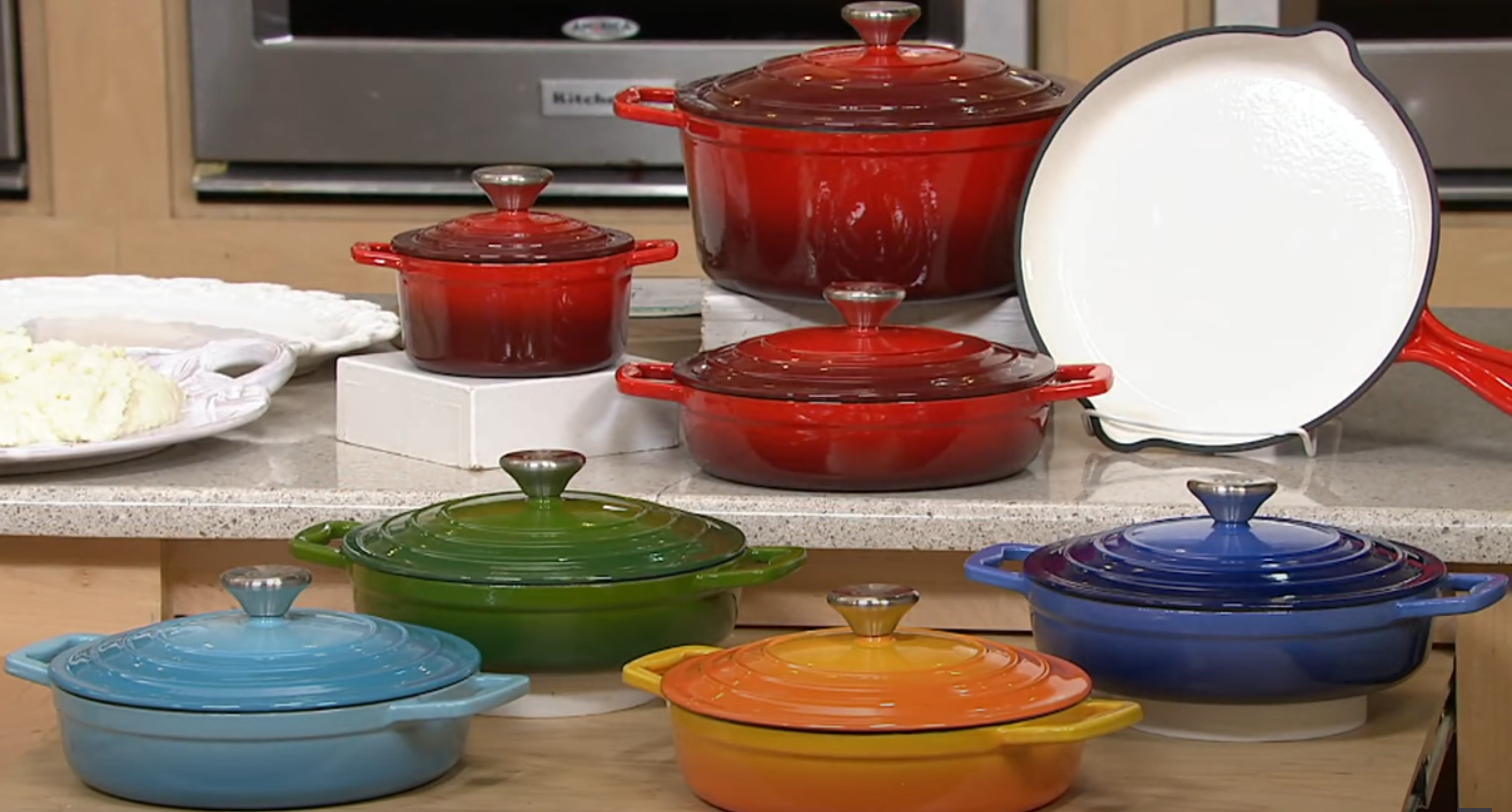
Beneficia ferrea coquendi
Cast iron's ability to withstand and maintain very high cooking temperatures makes it a common choice for searing or frying, and its excellent heat retention makes it a good option for long-cooking stews or braised dishes.
Because cast-iron skillets can develop a "non-stick" surface when cared for properly, they are excellent for frying potatoes or preparing stir-fries. Some cooks consider cast iron a good choice for egg dishes, while others feel the iron adds an off-flavor to eggs. Other uses of cast-iron pans include baking, for instance for making cornbread, cobblers and cakes.
Many recipes call for the use of a cast-iron skillet or pot, especially so that the dish can be initially seared or fried on the stovetop then transferred into the oven, pan and all, to finish baking. Likewise, cast-iron skillets can double as baking dishes. This differs from many other cooking pots, which have varying components that may be damaged by the excessive temperatures of 400 °F (204 °C) or more.
-
Product introduction of Changan Cast Iron Co., LTD
NewsJan.24,2024
-
The Impact of the Leidenfrost Effect on Non-Stick Properties of Cast Iron Titanium Coated Cookware
NewsJan.24,2024
-
Explorans Divide Culinarium - Casseroles Ferrum Mittite Regulares Casseroles vs
NewsJan.03,2024
-
Packaging Workshop Verum cum Shelving et 3D PRAECLUSIO pro bonis
NewsDec.29,2023
-
Purgatio de usu vase ferreo ad electrum injectum efficaciter fieri potest cum gradibus sequentibus;
NewsDec.27,2023
-
Structura metallographica electri in fustibus ferreis
NewsDec.27,2023
